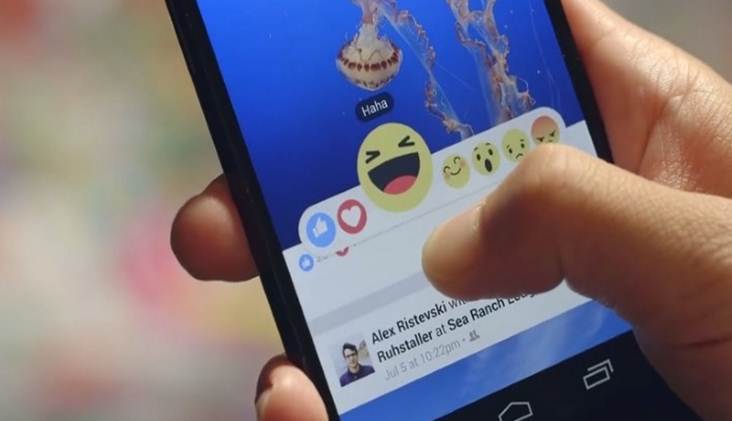Next, we present 10 innovations driving the global business and communications landscape, as identified by the Vizeum Innovation Team.
In his novel "1984," British author George Orwell predicted a new language called "Newspeak," where vocabulary was drastically pared down and simplified. In 2015, spurred by the rise of messaging apps, a new form of "Newspeak" emerged. It simplifies emotions, entrusting them to emojis, internet memes, GIFs, and other tools that enable faster, easier communication.
Emojis spread rapidly, becoming embedded in 21st-century pop culture and transcending language barriers in mobile-first communication. The Oxford English Dictionary's 2015 Word of the Year was the "tear of joy" emoji. Many brands jumped on the emoji trend as an advertising tool, sparking the "admoji" phenomenon.
This new communication method, designed to instantly convey emotion, will likely become even more customized and creative in the future.

Facebook expanded its "Like" button with the new "Reactions" feature, adding five emojis: "Love," "Haha," "Wow," "Sad," and "Angry." Twitter is also testing a new feature allowing users to tweet their reactions while watching TV.

Major condom brand Durex announced "condom emojis" for its World AIDS Day campaign. A survey revealed that 8 out of 10 young people feel more comfortable discussing sex using emojis.
What will 2016 bring?
As wearable devices become increasingly common and social media platforms like Facebook expand their reaction features, quick, instantly understandable "newspeak" will become essential for communication on small mobile screens. Companies will find success by developing unique visual expressions that convey emotions related to their products or services, thereby resonating with customers.






